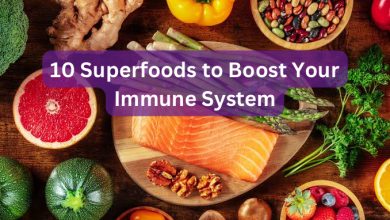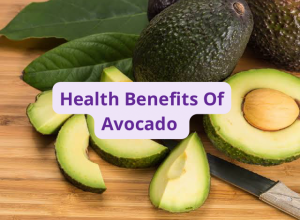Understanding Food Labels

When it comes to making healthy choices, understanding food labels is essential. Food labels provide valuable information about the contents, nutritional composition, and ingredients of the products we consume. By decoding these labels, we can make informed decisions that align with our dietary needs and goals. In this blog post, we will explore key aspects of food labels and equip you with the knowledge to navigate them confidently.
1. Serving Size and Servings per Container
The serving size indicates the amount of food or drink typically consumed at one time. Pay attention to this information, as all the nutritional values listed on the label are based on the serving size. Additionally, check the number of servings per container to accurately calculate the nutrients you are consuming.
2. Nutritional Information
Food labels provide a breakdown of the nutrients present in the product. Look for information on calories, macronutrients (such as fat, carbohydrates, and protein), dietary fiber, sugar, and sodium content. Be mindful of the daily recommended intake for these nutrients and adjust your choices accordingly.
3. Ingredient List
The ingredient list reveals the components of the product, listed in descending order by weight. It’s important to be aware of any allergens you may need to avoid. Watch out for hidden ingredients, such as added sugars, unhealthy fats, or artificial additives. Familiarize yourself with common names for these ingredients to make more informed choices.
4. Allergen Information
Food labels must clearly indicate the presence of common allergens, such as peanuts, tree nuts, milk, eggs, wheat, soy, fish, and shellfish. If you have allergies or intolerances, carefully read the allergen information to ensure the product is safe for consumption.
5. Nutrient Claims and Health Claims
Food labels often feature nutrient claims or health claims to promote the product’s benefits. However, it’s important to understand the meaning behind these claims. Terms like “low fat,” “high fiber,” or “reduced sodium” have specific criteria defined by regulatory bodies. Take the time to research and understand the criteria to evaluate these claims accurately.
6. Additional Labeling
Certain products may carry additional labels indicating certifications, such as organic, non-GMO, or gluten-free. These labels provide additional information about the product’s production methods or ingredients. Familiarize yourself with the specific requirements and standards associated with these labels to make choices that align with your preferences or dietary needs.
7. Comparison and Interpretation
Use food labels as a tool for comparison when selecting between similar products. Assess the nutrient content, ingredients, and serving sizes to make the most suitable choice for your health goals. Over time, you’ll develop a better understanding of which nutrients you may need to limit or increase in your diet.
8. Contextual Considerations
While food labels are valuable, it’s important to remember that they provide a snapshot of the nutritional composition of a single product. Consider the overall balance of your diet, incorporating a variety of whole foods, and avoiding excessive reliance on heavily processed products. Balancing your nutritional needs with your personal preferences is key.
Understanding food labels empowers you to make informed decisions about the food you consume. Use food labels as a valuable tool in your journey toward a healthier, more conscious approach to nutrition.







